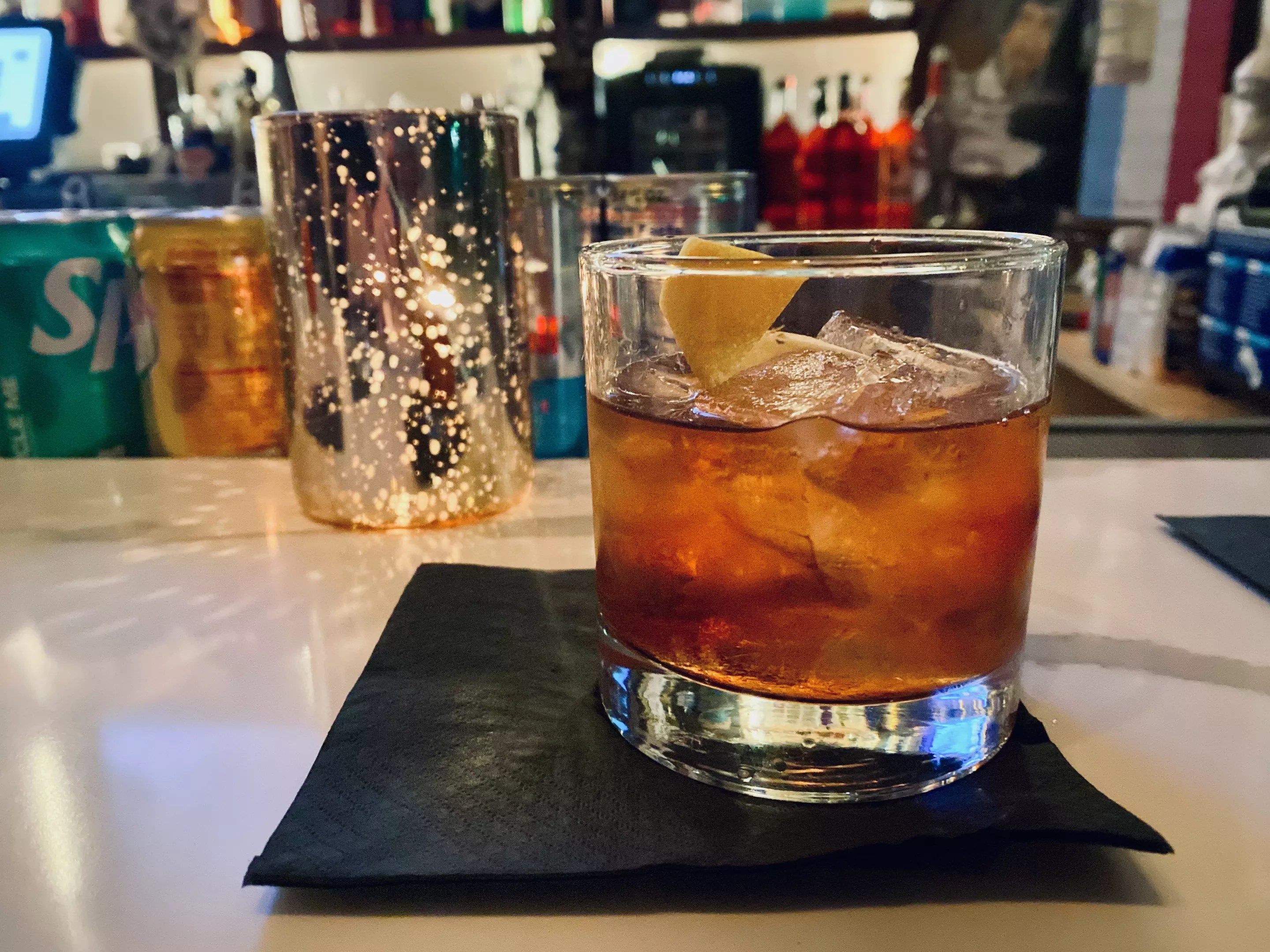
Lauren Drewes Daniels

Audio By Carbonatix
Dry January’s popularity has increased year over year as Americans reconsider their relationships with alcohol. But what happens after January ends? A new study offers a glimpse into the longer-term impact the short-term sobriety trend can have on drinkers.
According to the study from the Journal of Studies on Alcohol and Drugs, 52% of adults ages 18 to 29 who participated in a period of alcohol abstinence over the past year drank less afterward. Further, 15% of this cohort did not resume drinking after the challenge ended.
“I think for some folks, participating in something like Dry January can be a bit of a reset,” said Daniel Siconolfi, lead author of the study, which was accepted and posted online in October 2023. “It’s an opportunity to kind of assess the pros and cons of alcohol use.”
After a month of sobriety, participants may realize they do not miss the pros as much as they enjoy the absence of cons.
Will you step up to support Dallas Observer this year?
At the Dallas Observer, we’re small and scrappy — and we make the most of every dollar from our supporters. Right now, we’re $16,000 away from reaching our December 31 goal of $30,000. If you’ve ever learned something new, stayed informed, or felt more connected because of the Dallas Observer, now’s the time to give back.
The findings extend 2022 research from Harm Reduction Journal, which found Dry January participants had fewer drinking days per week and drinks per drinking day, at a 6-month follow-up.
Going sober to start the new year is especially popular among young Americans. This year, 75% of those between the ages of 21 and 24 said they were somewhat-to-very-likely to participate, according to polls from CivicScience. As the age range increases, participation shrinks, with 31% of Americans 55 and up intending to participate.
The actual number of participants is likely far fewer than these figures suggest. Last year, 41% of all respondents said they intended to participate, but only 16% completed the challenge. In Siconolfi’s study, 7% had participated in a temporary alcohol abstinence challenge in the past year.
“We know that young adults have the highest rates of alcohol use problems. And, simultaneously, they have the lowest rates of treatment engagement,” Siconolfi said about the young participant demographics. “This may be a way of engaging folks who are either unable to access treatment at this time or are ambivalent about accessing treatment.”
Dry January’s popularity coincides with the contemporary understanding that no amount of alcohol is completely safe, reversing previous beliefs that a little bit of alcohol is good for you, especially red wine for the heart.
The main two reasons respondents in the study gave for participating in a temporary alcohol abstinence challenge were to improve health in general and to “detox” or lose weight. About 19% felt they were drinking too much before the challenge.
While Dry January’s media popularity is high, the area of research is relatively untapped.
“We found a number of interesting differences that warrant future exploration and highlight the potential relevance and impact of challenges like Dry January to help folks who are interested in reducing their alcohol use,” Siconolfi said. He would like to research motivations for Dry January participation and longitudinal effects on participants.
With plenty of mocktails and nonalcoholic beers at Dallas-area bars and restaurants, there are many options for approaching imbibing or not.